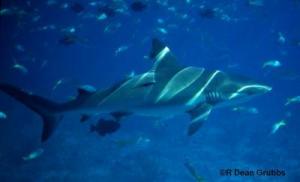Selected excerpts from UN IPCC scientist's recent testimony.
IPCC reviewer and climate researcher and chemist Dr. Vincent Gray of New Zealand is an expert reviewer on every single draft of the IPCC reports going back to 1990 and author of
The Greenhouse Delusion: A Critique of "Climate Change 2001. Dr. Gray's research is featured on page 155 of the 2009 edition of the 255-page "
U.S. Senate Minority Report Update: More Than 700 International Scientists Dissent Over Man-Made Global Warming Claims"
Below are selected excerpts of his testimony before New Zealand's Committee for the Emissions Trading Scheme Review May 5, 2009:
I am an experienced research chemist, with a PhD from Cambridge 1946, and a long research career in the UK, France, Canada, New Zealand and China. I have over 100 scientific publications, many of them on climate science, which I have studied intensively for the past 18 years.
I have been an Expert Reviewer for the IPCC Reports since the beginning in 1990.I submitted 1,898 comments to the last (fourth) Working Group I (Science) Report.
I was recently invited to the Beijing Climate Center as a Visiting Scholar and I recently lectured to a Conference in New York.
I have reluctantly concluded, after detailed study of the evidence presented by the IPCC, that there are no convincing scientific arguments to support the claim that increases in greenhouse gases are harmful to the climate. [...]
